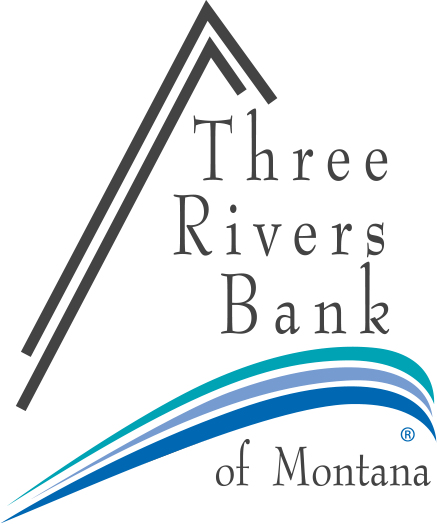Start writing down that bucket list. Open an IRA and prepare for your retirement — it’s never too early or late.
Key Features
-
![]() Tax Advantages*
Tax Advantages*
-
![]() Competitive Interest Earnings
Competitive Interest Earnings
-
![]() No Setup or Maintenance Fees
No Setup or Maintenance Fees
Details
- Save for retirement with tax advantages1
- Competitive interest above standard savings rates
- Traditional and Roth IRA options
- Spousal IRAs also available
- No setup fees
- No monthly or annual maintenance fees
- Annual contribution limits apply (see current contribution limits; $6,000 as of 2020)*
- Additional $1,000 "catch-up" contribution allowed for ages 50+
- Funds can be used to purchase CDs within IRA
- $1,000 minimum deposit to open
1Consult a tax advisor.
Traditional vs. Roth
There are advantages to both traditional and Roth IRAs. One of the biggest differences is the time at which you see the most advantage. A traditional IRA provides potential tax relief today, while a Roth IRA has the potential for the most tax benefit at time of retirement.
Traditional IRA
- No income limits to open
- No minimum contribution requirement
- Contributions are tax deductible on state and federal income tax1
- Earnings are tax deferred until withdrawal (when usually in lower tax bracket)
- Withdrawals can begin at age 59½
- Early withdrawals subject to penalty2
- Mandatory withdrawals at age 70½
Roth IRA
- Income limits to be eligible to open Roth IRA3
- Contributions are NOT tax deductible
- Earnings are 100% tax free at withdrawal1
- Principal contributions can be withdrawn without penalty1
- Withdrawals on interest can begin at age 59½
- Early withdrawals on interest subject to penalty2
- No mandatory distribution age
- No age limit on making contributions as long as you have earned income
1Subject to some minimal conditions. Consult a tax advisor.
2Certain exceptions apply, such as healthcare, purchasing first home, etc.
3Consult a tax advisor.
SEP IRA
- Ideal for businesses of any size or self-employed individuals
- Gain the respect of your employees
- Help employees reach their retirement savings goals
- Employee always has complete ownership of all SEP IRA money
- Earn competitive interest on entire balance
- Contributions are tax deductible; your business pays no taxes on earnings
- Contributions made only by the employer
- Only self-employed may make contributions on their own behalf
- Little to no documents to file with government
- Inexpensive to set up and operate
- Flexible annual contributions – good plan if cash flow is unpredictable
- Can contribute up to 25% of each participant's annual compensation (earned income)
- Or, up to the maximum allowable limit for current plan year, whichever is less1
- Must contribute equally for all employees
- Employee must first establish a traditional IRA, in which the employer will deposit SEP contributions
- $1,000 minimum deposit to open
1Consult a tax advisor.
SIMPLE IRA
- Available to any small business – generally with 100 or fewer employees
- Gain the respect of your employees
- Employees have the option to make self-contributions
- Help employees reach their retirement savings goals
- Employee always has complete ownership of all SIMPLE IRA money
- Earns a competitive interest rate
- Employer must not have any other retirement plan
- Minimal paperwork necessary; no filing requirements
- Inexpensive to set up and operate
- Lower contribution limits than some other retirement options
- Employees share responsibility of growing their retirement
- Each year, employer is required to contribute:
- Matching contribution up to 3% of compensation, or
- 2% nonelective contribution for each eligible employee1
- $1,000 minimum deposit to open
1Consult a tax advisor.
*Consult a tax advisor.


